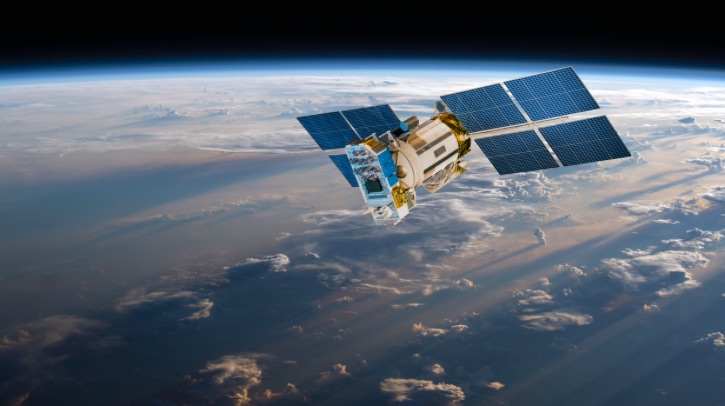India’s Union Cabinet, chaired by Prime Minister Shri Narendra Modi, has approved Mission Mausam with an outlay of Rs2,000 crore (US$240m) over two years. This project is intended to improve India’s weather- and climate-related science, research and services and support the country as it tackles extreme weather events and the impacts of climate change.
Extreme weather event prediction
As part of Mission Mausam, India will expand R&D and capacity in atmospheric sciences, especially weather surveillance, modeling, forecasting and management, by integrating advanced observation systems, high-performance computing, and technologies like artificial intelligence (AI) and machine learning (ML).
The mission aims to improve observations and understanding and provide highly accurate and timely weather and climate information across temporal and spatial scales, including monsoon forecasts, alerts for air quality, extreme weather events and cyclones, weather interventions for managing fog, hail and rain, capacity building and generating awareness. Mission Mausam will also include the deployment of next-generation radars and satellite systems with advanced sensors and high-performance supercomputers, the development of improved Earth system models and a GIS-based automated decision support system for real-time data dissemination.
India’s Mission Mausam
According to the Union Cabinet, Mission Mausam will directly benefit numerous sectors, such as agriculture, disaster management, defense, environment, aviation, water resources, power, tourism, shipping, transportation, energy and health. It will also enhance data-driven decision-making in areas such as urban planning, road and rail transportation, offshore operations and environmental monitoring.
Three institutes of the Ministry of Earth Sciences (MoES) – the India Meteorological Department, the Indian Institute of Tropical Meteorology and the National Centre for Medium-Range Weather Forecasting – will primarily implement Mission Mausam. These institutions will be supported by other MoES institutions (the Indian National Centre for Ocean Information Services, National Centre for Polar and Ocean Research and National Institute of Ocean Technology), along with other national and international institutes, academia and industries, furthering India’s leadership in weather and climate sciences and services.
In related news, the government of India recently initiated the procurement and installation of 10 X-band Doppler weather radars (DWRs) to enhance weather forecasting and monitoring capabilities in the northeastern states of India and the Lahaul & Spiti District of Himachal Pradesh. Click here to read the full story.



